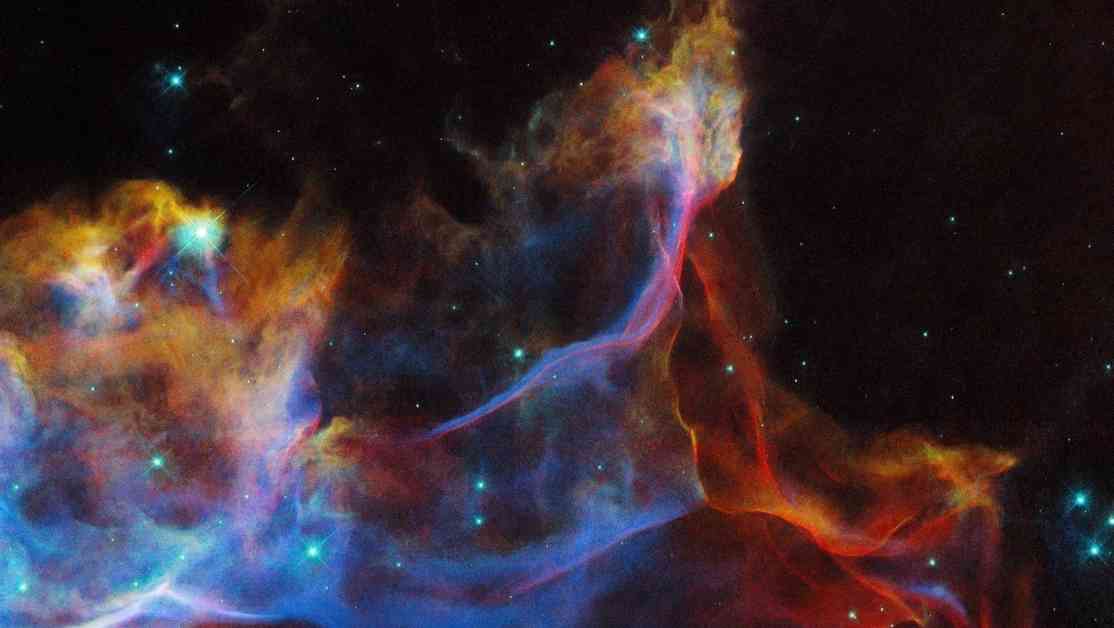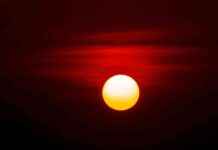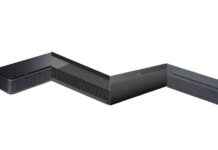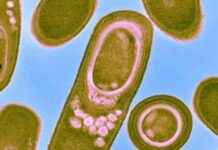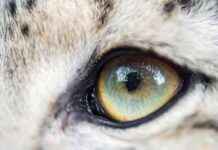Renkli Atomlar: Perde Nebulası Yeni Görüntüsünde Parlıyor
The NASA/ESA Hubble Space Telescope has once again captured the beauty of the Veil Nebula, a famous supernova remnant that is located approximately 2,400 light-years away in the constellation Cygnus. This stunning image showcases the remnants of a star that exploded around 10,000 years ago, leaving behind a colorful display of light emitted by different types of atoms in the hot gas.
This new view of the Veil Nebula, taken by Hubble’s Wide Field Camera 3, highlights hydrogen, sulfur, and oxygen atoms, blending together in a mesmerizing display of blue, red, and yellow hues. The image covers only a small portion of the vast structure of the nebula, which spans roughly the width of six Earth moons placed side by side.
The mosaic image, composed of six Hubble pictures taken over a small area of about two light-years across, offers a glimpse into the intricate details of the Veil Nebula. By comparing this recent image with past observations from 1994, astronomers can track the movement of individual gas knots and filaments over time, providing valuable insights into the evolution of this cosmic phenomenon.
In addition to its scientific contributions, the Hubble Space Telescope also engages space enthusiasts through initiatives like the Hubble’s Night Sky Challenge, a collaboration between NASA and the Astronomical League. This challenge invites astrophotographers to capture images of various celestial objects visible from Earth, offering a unique opportunity to connect with the wonders of the universe.
For March, skygazers in the Northern Hemisphere are encouraged to observe the Beehive Cluster, open cluster M48, King Cobra/Golden Eye Cluster, and spiral galaxy C48. Those in the Southern Hemisphere can also look for planetary nebula C90 in addition to the objects listed for the Northern Hemisphere.
Since its launch in 1990, the Hubble Space Telescope has revolutionized our understanding of the universe, capturing over 1.5 million observations and contributing to over 20,000 scientific papers. As it celebrates 35 years in space, Hubble continues to inspire awe and curiosity, showcasing the beauty and complexity of the cosmos for generations to come.
